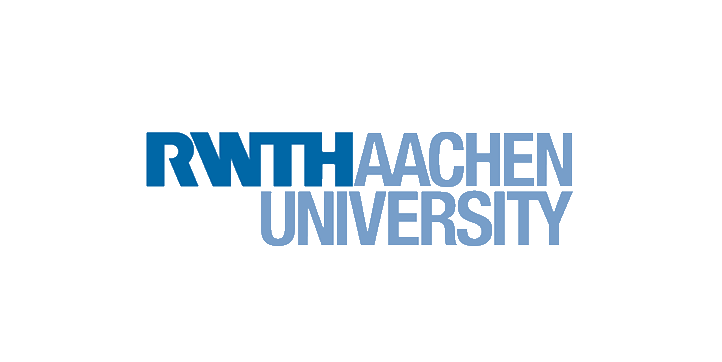RWTH: Quantum computers learn arithmetic without errors
Researchers led by RWTH physicist Professor Markus Müller and from the University of Innsbruck have jointly demonstrated a complete kit for fault-tolerant quantum computing in the laboratory.
In order for quantum computers to be useful in practice, errors must be detected and corrected. A team from RWTH Aachen University, in cooperation with experimental physicists from the University of Innsbruck, has implemented a universal set of arithmetic operations on error-tolerant quantum bits for the first time and has thus shown how an algorithm can be programmed on a quantum computer so that errors do not falsify the result.
The high precision of modern computers has made the occurrence of errors during data processing and storage a rarity. However, error correction mechanisms based on redundancy of the processed data are still used for critical applications in which even a single error can have serious consequences. Quantum computers are significantly more susceptible to disruptions and will therefore always be dependent on error correction mechanisms, because otherwise errors will spread uncontrollably in the system and information will be lost. Because quantum physics prohibits copying quantum information, a logical quantum bit must be distributed over an entangled state of multiple physical systems, such as individual atoms, in order to achieve the necessary redundancy.
Publication in Nature
The team led by Professor Markus Müller from RWTH Aachen University and the Forschungszentrum Jülich and Professor Thomas Monz from the Institute for Experimental Physics at the University of Innsbruck in Austria has now succeeded for the first time in realizing a universal set of arithmetic operations on two logical quantum bits. They have now published in Nature.
The scientists implemented the universal gate set on an ion trap quantum computer with 16 trapped atoms. The quantum information was stored in two logical quantum bits, each of which was distributed over seven atoms. Now, for the first time, it has been possible to implement two arithmetic gates on these error-tolerant quantum bits, which are necessary for a universal set of gates and from which more complex quantum algorithms can be assembled: an arithmetic operation on two quantum bits (a CNOT gate) and a logical T gate, which is particularly difficult to implement on fault-tolerant quantum bits.
“T gates are very fundamental operations,” explains theorist Markus Müller. “They are particularly interesting because quantum algorithms without a T-gate can be simulated relatively easily on classical computers. This is no longer possible with algorithms with T-gates.” The physicists demonstrated the T-gate by preparing a special state in a logical quantum bit and teleporting this to another quantum bit using an entangled gate operation.
The researchers also checked and confirmed their experimental results using numerical simulations on conventional computers. The physicists now have all the building blocks for error-tolerant computing on a quantum computer. The task now is to implement these methods on larger quantum computers, which are therefore of interest in practice. The methods demonstrated in Innsbruck on an ion trap quantum computer can also be used on other quantum computer architectures. The research was financially supported, among others, by the European Union as part of the Quantum Flagship Initiative and by the Cluster of Excellence Matter and Light for Quantum Information (ML4Q) funded by the German Research Foundation (DFG).

